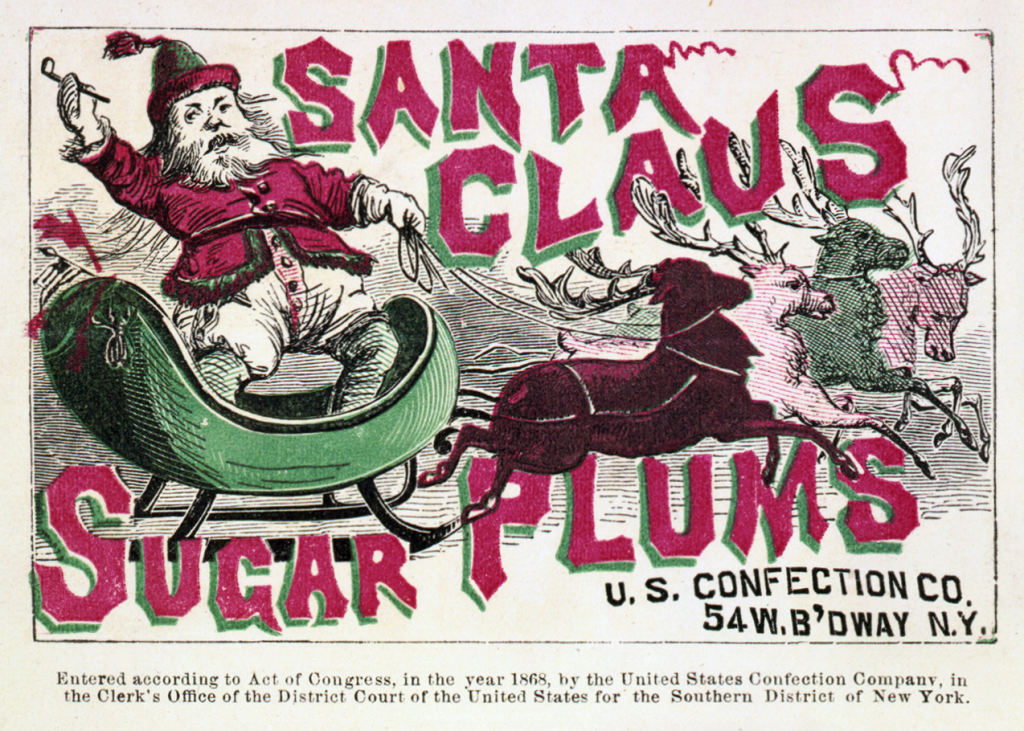‘Twas the Night Before Christmas’ by Clement Clarke Moore paints a peaceful Christmas Eve scene, with new-fallen snow, carefully hung stockings, and visions of sugar plums. And you’ve probably heard of Pyotr Ilyich Tchaikovsky’s Dance of the Sugar Plum Fairy from “The Nutcracker.” But have you ever stopped to ask what, exactly, is a sugar plum?
While the recipe for sugar plums has varied, what they’re not, and never were, is sugar-coated plums.

The truth is that sugar plums are not linked to fruit or any plum-like substance. According to the Oxford English Dictionary of the day, a sugar plum is a comfit. Comfits are seeds, nuts, or piece of spice coated with a hard sugar shell — not unlike the outer crunchy shell of an M&M or Jordan almond.
The first sugar plums date back to the 1600s when popular centers for comfits would have included caraway, fennel, coriander, almonds, walnuts, ginger, aniseed or a scrap of cinnamon.
Comfits were made by gradually building up layers of sugar around the centerpiece using a technique called panning. The candy pan would be kept in constant motion, while successive layers of sugar were poured on and given time to harden. Because the process was labor-intensive, the resulting candies were quite expensive.

By the 1860s, panning had been mechanized, so cheaper labor costs coupled with falling sugar prices meant more people could afford to buy sugar plums — and the holidays were certainly a time to splurge on the popular sweets.
If you didn’t know what a sugar plum is, you’re not alone. The Oxford English Dictionary has declared the term obsolete in modern English. But English speakers from the 17th to 19th centuries knew the term well. Plums were synonymous with being something sweet or desirable.
In the 17th century, a “mouth full of sugar plums” meant you spoke sweet — but possibly deceitful — words. In the 18th century, “to sugar plum” meant fawning over something. Plum was also British slang for 100 pounds, or a lot of money. A rich person may also be called a plum. In the 19th century, “plum” came to mean anything delightful.
Looking at sugar plum references in the past, it can be difficult to tell the author’s exact intention. In Tchaikovsky’s lifetime, ‘sugar plum’ was both the name of the popular candy and also a way of describing something sweet and lovely. Clement Moore could have been describing the actual confection or more generally, children having sweet dreams.
While the phrase has faded from our daily lives, sugar plums remain synonymous with youthful holiday excitement and Christmas cheer. The phrase itself still evokes pleasant, joyful imagery — even if we never really knew what they were.
Also see, 10 crazy candy cane flavors you won’t even believe.




